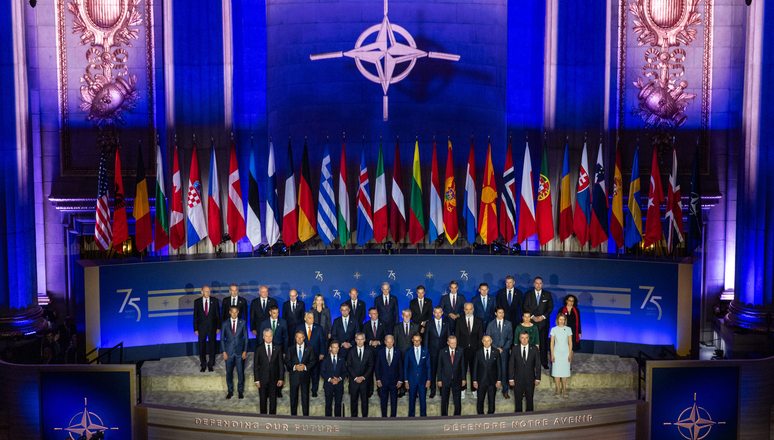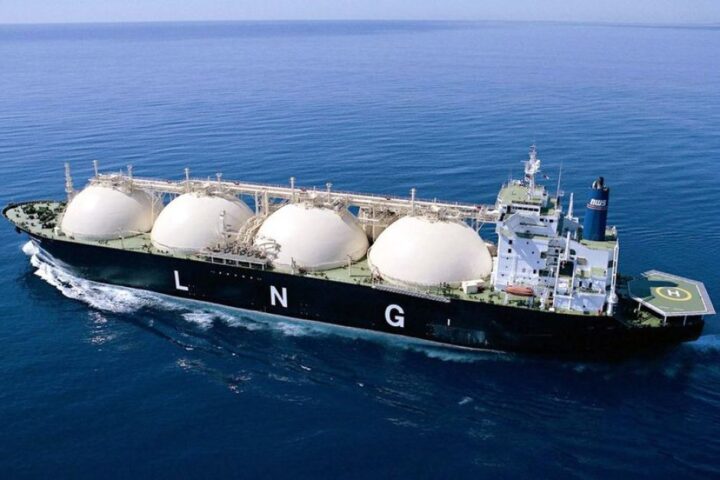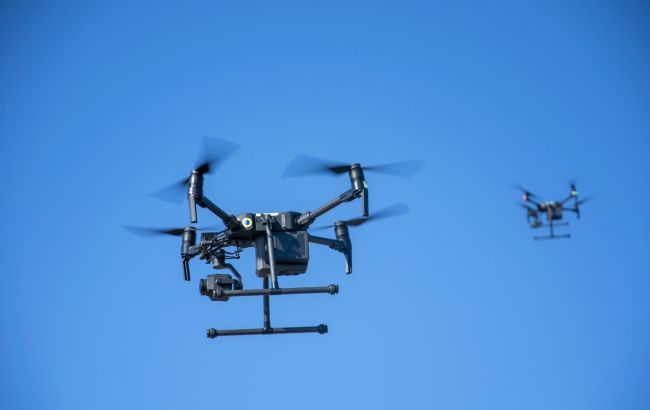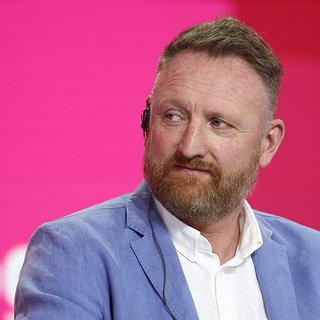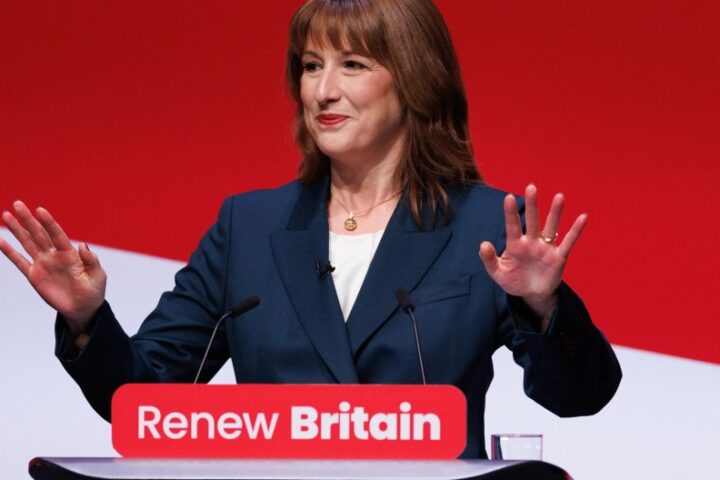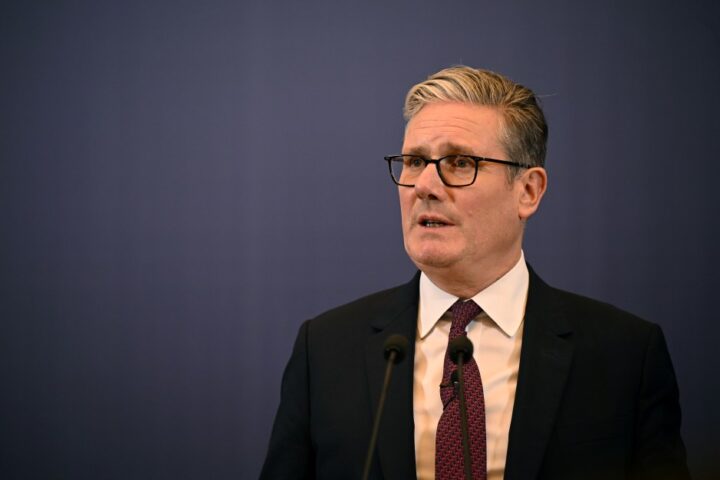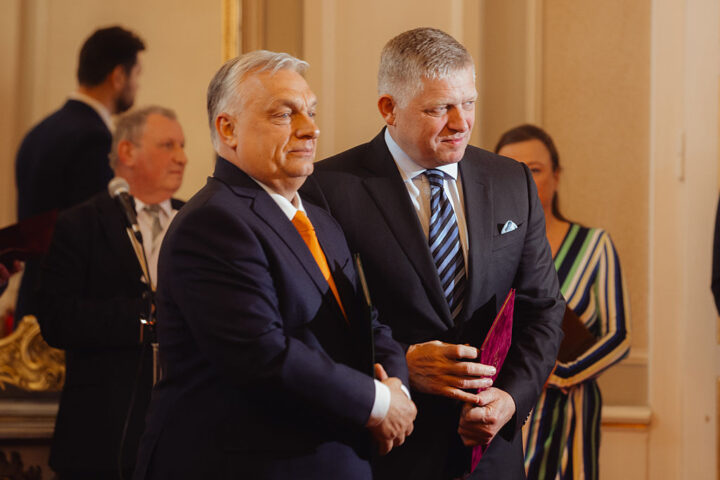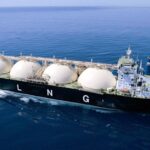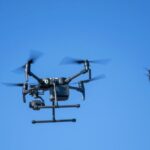The NATO summit held on 17–18 June 2025 in The Hague has delivered a cautious message: there will be no formal commitments regarding Ukraine or Georgia’s membership in the Alliance. According to reports from The Guardianand Radio Free Europe/Radio Liberty, the summit’s final declaration notably avoids any explicit plan or timeline for these countries’ accession.
The Context: Maintaining the Status Quo Amid Conflict
Despite years of political support and military aid, NATO continues to uphold the 2008 stance — that full membership for Ukraine and Georgia is possible only after the ongoing conflict with Russia concludes. While Russia is described as a “long-term threat” in the draft declaration, mentions of Ukraine remain vague, with no firm promises regarding its future status.
Germany’s Foreign Minister, Annalena Baerbock, emphasised that “the door remains open” to Ukraine, but the immediate priority must be sustaining the Ukrainian armed forces in their ongoing defence efforts. Notably, Ukraine’s delegation is expected to participate only partially, reflecting the Alliance’s diplomatic distance on the issue.
More coverage here: Espreso TV, LB.ua, RG.ru
NATO’s Delicate Balancing Act
NATO is treading carefully, avoiding explicit guarantees to Ukraine and Georgia to prevent direct confrontation with Russia. Although the Alliance supports Ukraine militarily, key decisions on membership remain on hold, perpetuating a sense of vulnerability in Eastern Europe.
Describing Russia as a “long-term threat” without committing to stronger containment measures sends mixed signals. The lack of decisive action or expansion plans fuels uncertainty and raises doubts about NATO’s readiness to fully back countries at risk.
Ukraine’s Limited Presence and Its Implications
Ukraine’s partial absence at the summit symbolises a diplomatic hesitation from its partners. Despite being at the forefront of a conflict that affects all of Europe, Ukraine’s voice remains somewhat muted during these critical discussions.
This fuels the Russian narrative of a “tired West” and undermines hopes of imminent NATO membership, weakening Ukraine’s position both politically and on the battlefield.
Political Dynamics and the Shadow of Russia
Certain NATO members hesitate to escalate tensions with Russia, wary of how Ukraine’s accession could be exploited in internal political struggles — notably by figures like Donald Trump and right-wing forces within the EU. This hesitation opens a window for Russia to apply further pressure and expand a “grey zone” of insecurity, jeopardising broader international stability.
The Rise of European Strategic Autonomy
Increasing emphasis on “European strategic autonomy” in defence circles presents another layer of complexity. EU leaders frequently call for a stronger independent European defence capability, but actual progress remains slow and ill-defined. This allows member states to dodge full responsibility for Eastern Europe’s security, deferring to NATO or an abstract “European defence” framework.
Ukraine’s NATO Membership: A Matter of When, Not If
Despite the summit’s reticence, the prospect of Ukraine joining NATO is widely recognised as inevitable. Chancellor Friedrich Merz of Germany, known for his cautious stance, publicly acknowledged that Ukraine has a real chance of membership once the war ends.
Ukraine is no longer just a hopeful candidate; its armed forces are already integrated into NATO standards, and its battle-hardened experience against Russian aggression makes it a valuable strategic partner. Membership is increasingly seen not just as a political gesture but as a strategic necessity for Europe’s stability.
